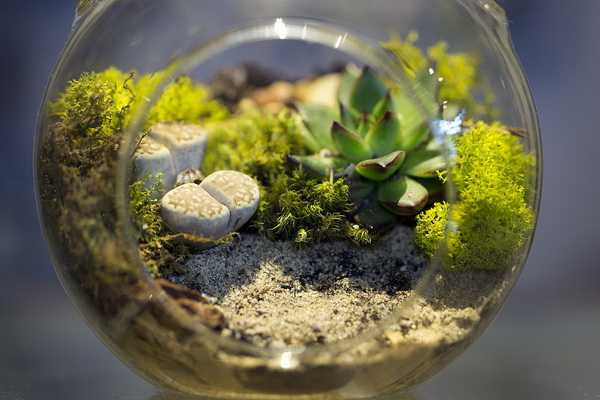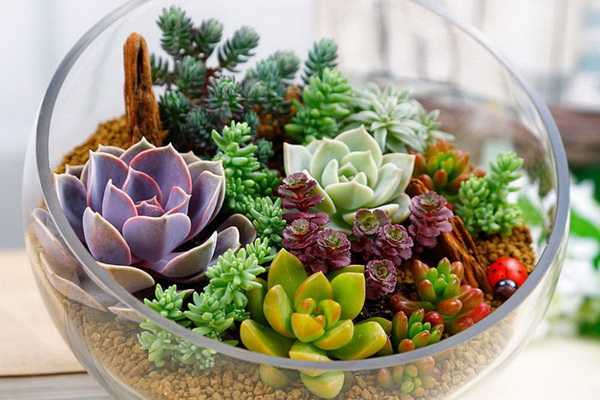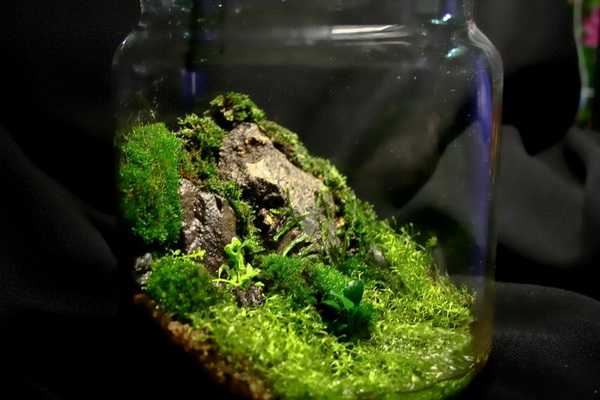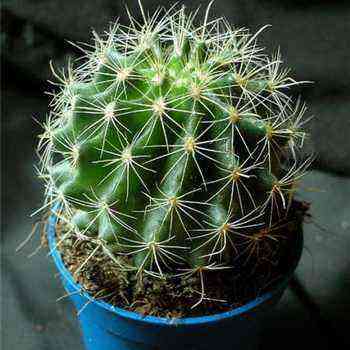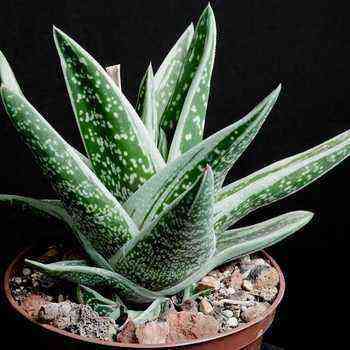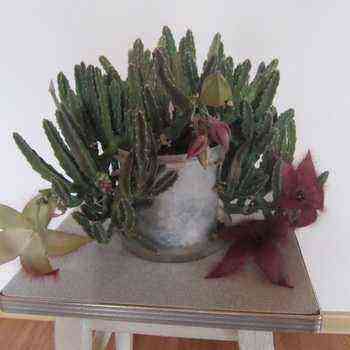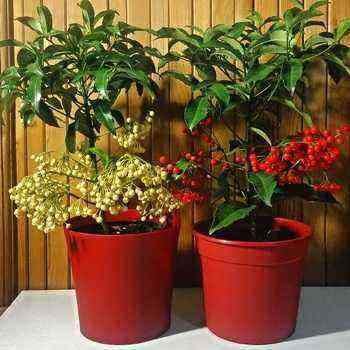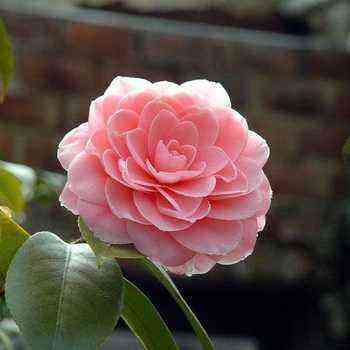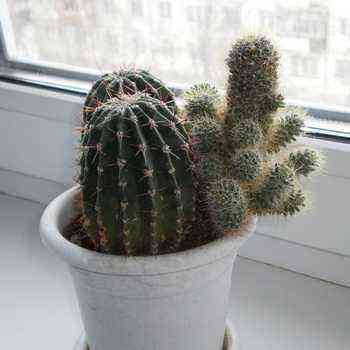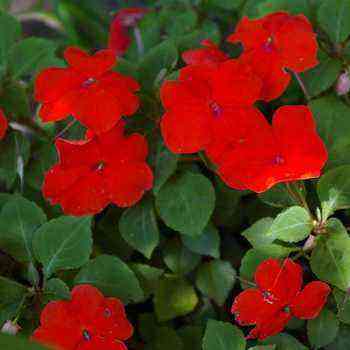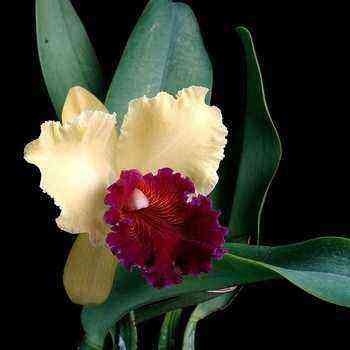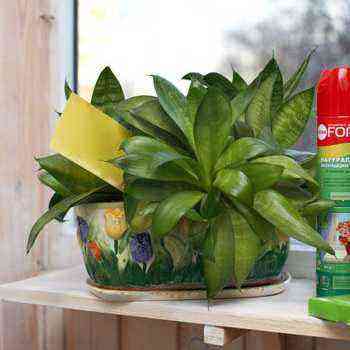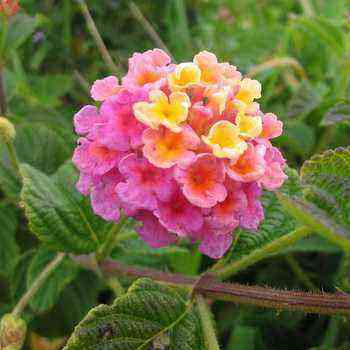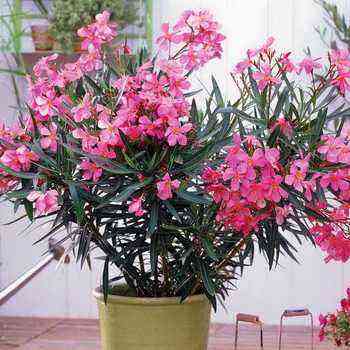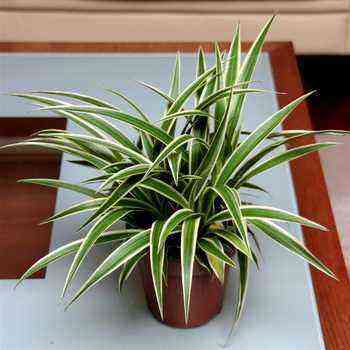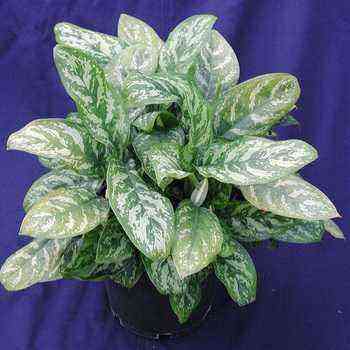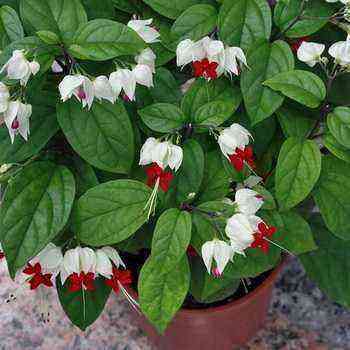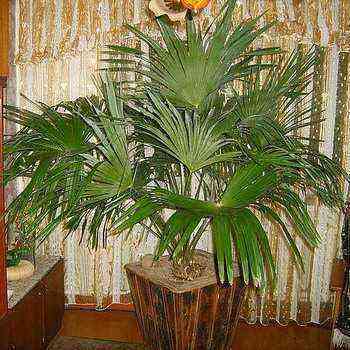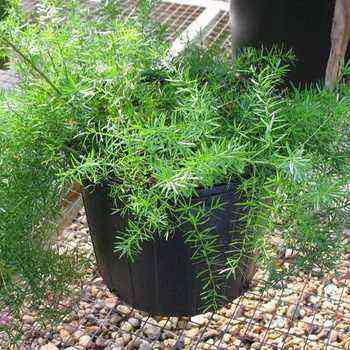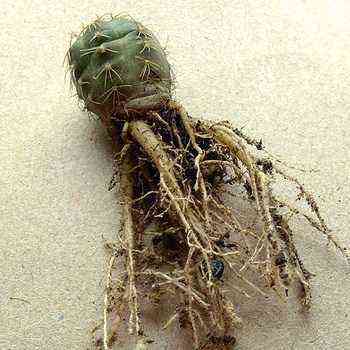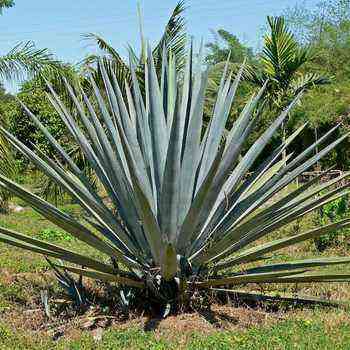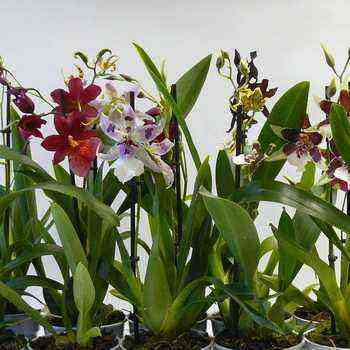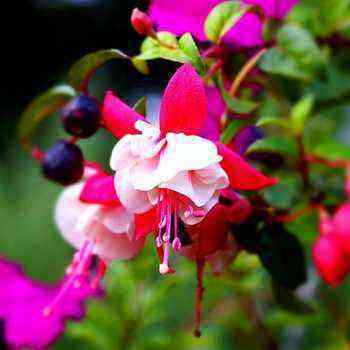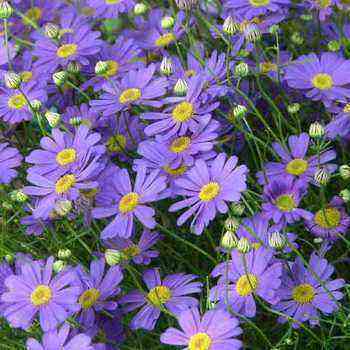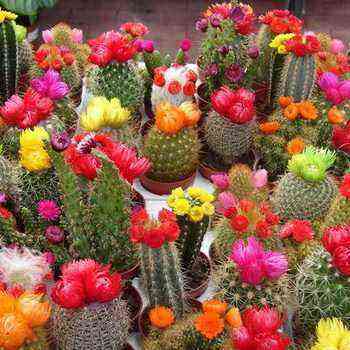
Basic Types
There are several types of florariums. The most common are:
- Classic rectangular;
- Trapezoidal with an inclined top opening cover;
- Panoramic (hex and classic);
- Corner (pentahedron and triangle);
- In the form of a cube, sphere, hemisphere.
As a rule, florariums are divided into vertical and horizontal. Cacti, succulents, as well as other low plants are planted in horizontal ones, curly, ampelous and tall forms are placed in vertical ones.
Florariums can be roughly divided into three types: species, biotopic and decorative.
The species florarium is most popular among professionals. It usually contains plants of the same thematic (species) group, which have the same cultivation conditions. Such plant terrariums include, for example, orchidariums.
A biotopic florarium is created to keep plants of different species, which in nature have the same growing conditions and grow in the same territory. Here the emphasis is on the creation of a certain corner of the wilderness (biotope).
Decorative florarium is the most common type among amateurs; the main thing in this case is the aesthetic impression. When designing such a vegetable terrarium, it is important to ensure the unity and expressiveness of the composition of this “tropical garden behind glass”. In addition to plants, you can use stones, coconut fiber, driftwood, pieces of bark.
For beginners, a standard rectangular aquarium can serve as a florarium.
Any plant terrarium can be covered with glass from above by placing a fluorescent lamp above it. However, we warn you: such a florarium device is not very convenient. When it is necessary to water the plants or place a new flower in the greenhouse, the displaced lamps and glass may fall: after all, it is quite difficult to stick your hand into a narrow gap. Every time you have to remove all this “ammunition”. And ventilation in such a vessel is insufficient. In addition, the aquarium will have to be illuminated 12-14 hours a day, and it is absolutely impossible to put it on the window: in winter, the plants located in the container can get overcooled, and in summer they overheat. In such florariums, it is better to keep less whimsical plants. And for beginners, it is generally not recommended to plant flowers that require serious enough care.
If there is an opportunity to buy a small terrarium (container for keeping reptiles) with doors and a plastic lid in which the lighting is built in a pet store, use it: this is the most suitable option. It is only necessary to take into account: in such containers under the lid there are lamps that are not bright for plants in terms of power, but they heat the air very much. Therefore, in order for the design to become more convenient for flowers, it will be necessary to replace the lamps with more powerful ones, but isolate them from the main volume with glass according to the size of the cover – so that the lamp is between two glasses.
A round aquarium is also suitable for equipping a small florarium. You can position it in your own way – with a hole not on top, but on the side. This inverted vessel will retain moisture longer.
Various glass vessels – glasses and cubes, “apples” and “pears” with windows on the side can serve as small florariums. The disadvantage of such vessels is the impossibility of planting more than one or two plants. However, this is quite enough for a beginner grower. But these small containers can be placed near windows, well lit by the sun, without fear of overheating. In winter, when there is not enough light, you can additionally illuminate them with an ordinary table lamp aimed at the florarium.
Don’t forget about N. Ward’s chests. They can be either rectangular or polygonal, and their distinctive feature is the presence of a metal frame. Their top is pyramidal, there is a folding wall or cover. They can vary in size – from desktop to large indoor. The best specimens of such a florarium have a waterproof bottom, are equipped with a tray for draining liquid and have a stand on wheels, which allows them to be moved, depending on the season, to a place more comfortable for plants.
Mini-greenhouses attached to the wall of the room are attracting more and more attention. They can be rectangular or round. Their advantage is that, placed on the walls, they do not take up space in the room.
Stationary options, unlike mobile ones, are usually quite expensive and are made to order.
Size and shape
The size and shape of the florarium depend on the size of the room, on the financial capabilities of the customer, as well as on what plants will be planted in it. The equipment that will maintain the appropriate climate for those plants that the owner wants to see in the florarium requires the greatest costs.
When you have made a decision on the device of the florarium, and not about a small container in which you can place just a couple of plants, but about a large “greenhouse”. But we warn you: when arranging large florariums (1000 liters or more), lighting problems are possible. Difficulties appear even at a container height of 1,2 meters.
Additional light sources around the florarium violate the decorativeness of the tropical garden, its aesthetic expressiveness.
Florariums of 200-450 liters of classic rectangular shape, with an aspect ratio of 4: 2: 3, are considered optimal in terms of volume.
When determining the length of the container, it is necessary to compare it with the length of the fluorescent lamps. Standard luminaire lengths: 50, 60, 90, 120, 150 centimeters. These lamps are located under the cover and equipped with timers. The preset lighting mode “on / off” makes it possible to safely leave, for example, on vacation for a sufficiently long time.
Equipment
The plant life support system includes: three time relays, two intermediate relays; two microprocessors; two solenoid valves; DC voltage source; battery; receiver with level gauge (container for nutrient solution).
The entire system is located behind the front panel and is split into two accessible units and is easy to service. The work of autonomous equipment is calculated for 2-3 months (volume of filling the receiver). This period is convenient because in the absence of the owner for a long time, the plants will not die. Maintenance of the life support system consists in adding the nutrient solution to the receiver to the limit level on the level gauge.
The most common florariums are frameless, made of silicate glass, in which parts of the structure are fastened together with silicone sealant. Modern technologies make it possible to make glued seams strong, elastic and waterproof.
A stand for a florarium can be a stand for aquariums. It is strong enough for this purpose. The size of the stand should not be less than the area of the bottom of the container. A soft rug must be placed under the bottom of the structure. For it, you can use linoleum, foam or “cork”.
Doors and windows
The doors in the vertical florarium are traditionally located in the front, which provides convenience when caring for a tropical garden and does not spoil the appearance of the structure. In horizontal florariums, the doors are placed on top. If the length of the florarium is 60-70 cm, then the doors are made of two component parts. This is the most common door opening option – removable-sliding, allowing you to either move both doors to one side, or move them apart on opposite sides. It is allowed to fasten the door to the main structure on special hinges. Such a door opens “towards itself”, but it has significant drawbacks (for example, inconvenience during maintenance), and the gap formed between the walls and doors promotes rapid evaporation of moisture.
For natural ventilation, “windows” are placed in the florarium. The area of one or more “windows” should not exceed 10% of the total area. In most cases, one “window” is enough, but for certain types of plants you have to make two: one is placed on top, the second – at the bottom of the side. If forced ventilation is provided, then a cooler is mounted in one of the windows, which must work in reverse mode (air outlet). Outside, the air should not be injected, as cool air baths can harm your capricious pets.
Shelves are needed for optimal placement of plants in the florarium. They are placed along the back and side walls.
The shelves should be narrow enough so that they do not obscure the colors on the lower tiers. The terraces located in the corner look spectacular.
Paludarium
There is another type of florariums – the so-called paludarium (from the Latin palus – “swamp”).
Its design is based on the placement of plants of the humid tropics and marsh plants in the aquatic environment, among which fish, snails, and small amphibians live in the water.
How can the paludarium, this bog biotope, be attracted? In the wild, the greatest variety of species of living organisms is observed in biocenoses at the boundaries of environments, for example, in surface waters. Deep waters are much poorer in living creatures and plants. As for the soil, the same rule applies here: the deeper, the fewer living organisms. The air environment is more diverse at the surface of the earth or water than above. So, the paludarium is such a biotope: water, air and earth. Having picked up various natural objects, we will get a piece of such natural wealth at home.
The purpose of the paludarium can be different, as well as the device. If this is just a piece of nature created by our hands with water and land, where plants and animals coexist perfectly, then its purpose is only purely aesthetic.
Another purpose is more practical: the palundarium is used for accelerated reproduction and growth of aquarium plants. Of course, such a paludarium is pleasing to the eye.
The doors in the paludarium are positioned in the same way as in other types of florarium, but slightly higher in relation to the entire front part. From this, the lower barrier of the paludarium is greater. The best option is removable sliding doors. They allow you to maintain high humidity and the desired temperature.
A removable front wall is usually made with a long container length. It is attached to furniture magnets. An additional support is installed in front. Ventilation in the paludarium is not provided.
The shelves in the container are positioned so that the plants placed on them imitate the coastal area.
A decorated paludarium can be an alternative to an aquarium. After all, it perfectly combines two elements – water and land; Purely aquatic plants (hydrophytes) and semi-aquatic (hygrophytes) coexist harmoniously. The upper part of the paludarium is usually formed by hanging plants such as philodendrons or mossy tillandsia.
The best conditions for plants are created in a large paludarium, since it provides more stable conditions, which means that plants are more comfortable in it.
Aquatic plants in the paludarium sometimes completely change their previous appearance over time. This process is possible with low water levels and a warm, humid atmosphere. The plant begins to give surface shoots and blooms, striking us with its new appearance. When equipping a larger paludarium, it is necessary to correlate the thickness of the glass and the dimensions of the structure.
